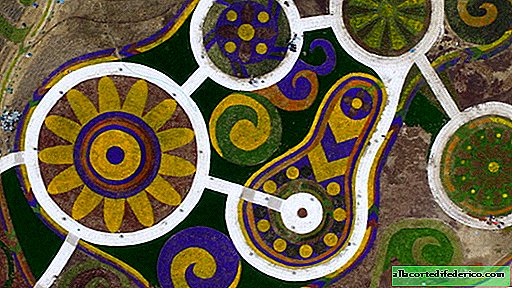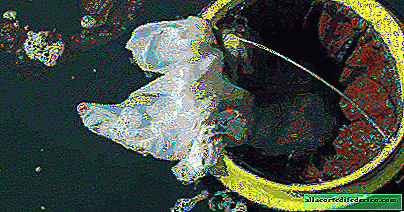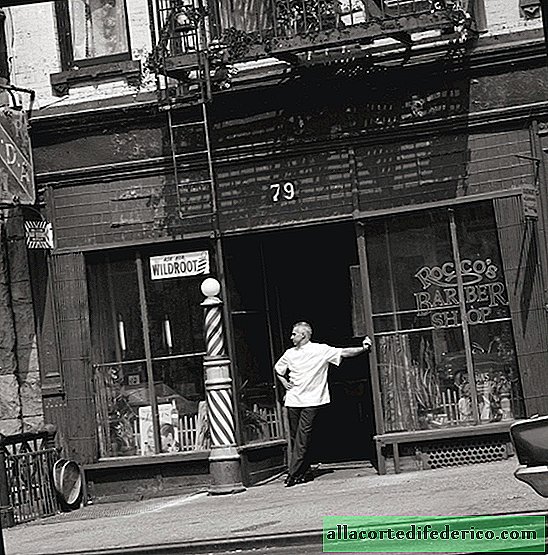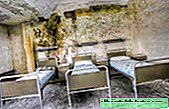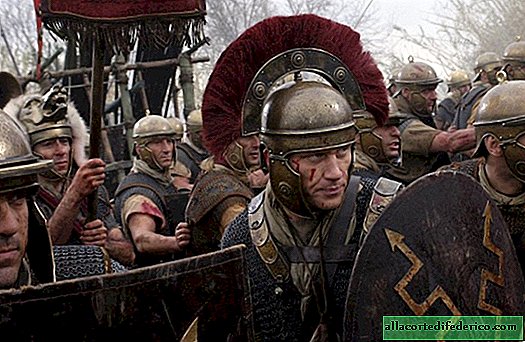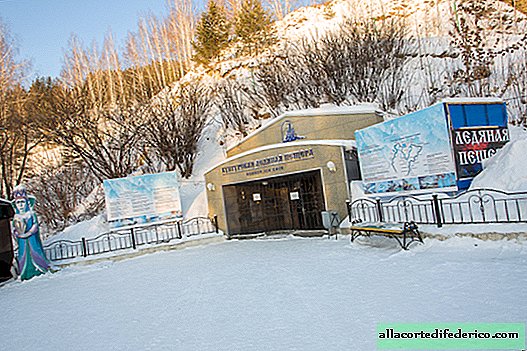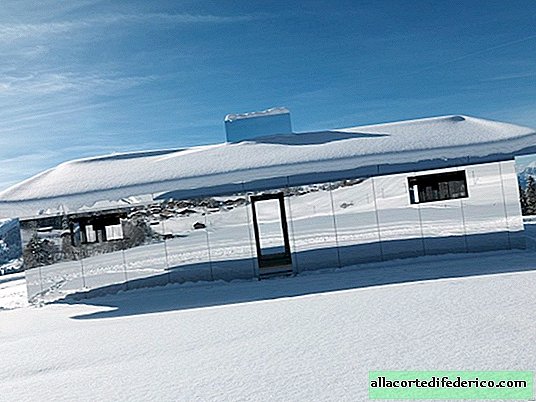Scam of the century: a famous scientist for years engaged in fake archaeological finds
The name of James Mellart is widely known in the world scientific community. This British archaeologist devoted several decades to research in the Middle East and made a number of important discoveries. But, as his colleagues recently found out, the results of his scientific activities will have to be reviewed. The fact is that all these years, James Mellart, not only engaged in the study of artifacts, but also succeeded in making fakes.
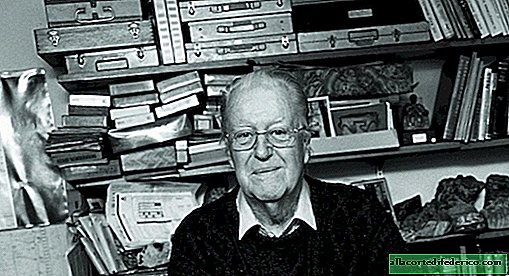

As a young scientist, Mellart, along with a group of British archaeologists, was engaged in the excavation of Chatal-Hyuk settlement in the 60s of the last century. As a result of the work, more than 150 buildings and premises were discovered, decorated with a variety of frescoes, inscriptions and sculptures. The approximate age of the settlement is at least 7400 years. These works made a huge contribution to the development of cultural studies in the Middle East.

James Mellart died in 2012 at the age of 86. Shortly before his death, he asked his colleagues to publish a number of his scientific papers, which he did not manage to print. This request was the reason that today the activity of the famous archaeologist was under the scrutiny of the scientific community. The fact is that the Swiss historian Eberhard Zangger, who dealt with the heritage of James Mellart, made a number of high-profile statements. While working on the publication of the works of the famous British, he gained access to the scientific materials stored in his apartment. What Zangger discovered among the archaeological heritage of Mellart unpleasantly surprised the historian. It turned out that the British archaeologist was engaged in the independent production of supposedly found artifacts. Drafts of frescoes and inscriptions in the ancient Luvian language were discovered in his apartment, which clearly indicate that the enterprising Briton was engaged in faking archaeological finds. Most likely, Mellart was engaged in the independent production of images and inscriptions in order to give the greatest historical significance to his excavations.


Such cases once again show us how relative the scientific knowledge of the human past is. Nothing prevents giving false information as genuine finds, as it can sometimes be impossible to verify even with the current level of technology development. Based on falsified scientific data, one can easily build a suitable theory or make a sensational discovery. Therefore, there is no guarantee that the existing historical picture of the world is genuine. And it is entirely possible that characters from the past that are well known to us are only a figment of the imagination of the scientists who created them in pursuit of fame.


